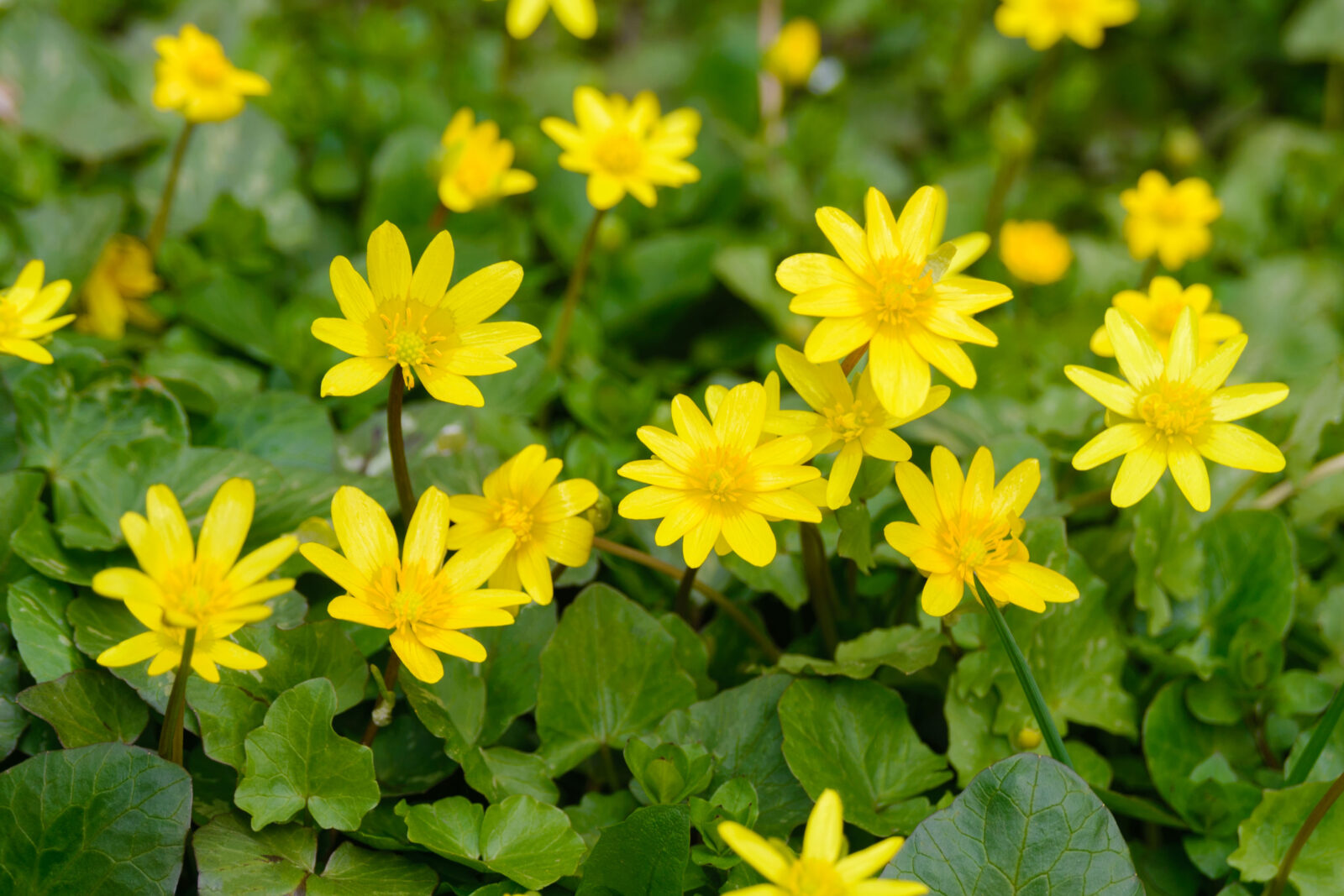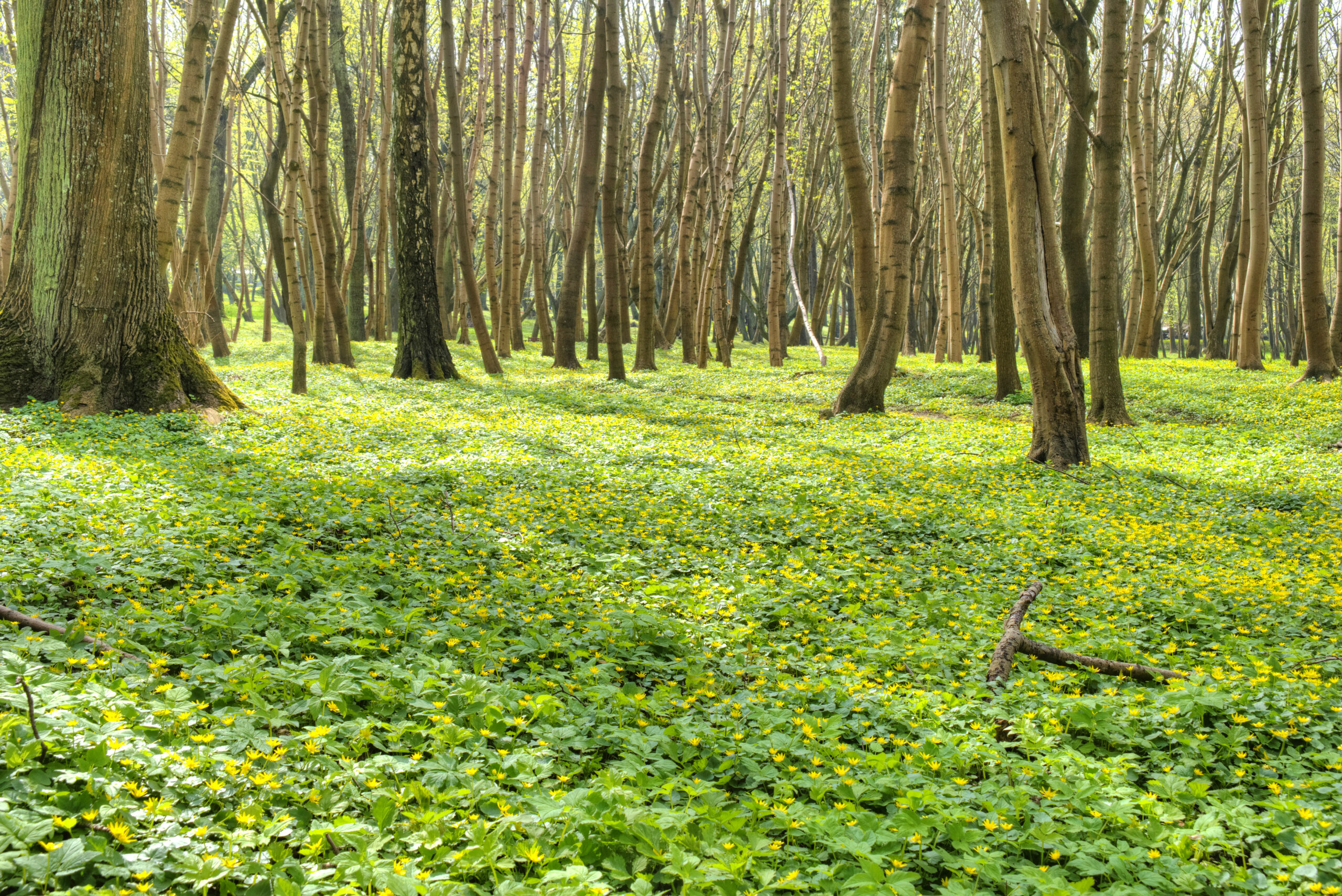We have much more to do and your continued support is needed now more than ever.
Deceptively Beautiful Invasive Plants

For as long as people have been gardening, they have been getting excited about beautiful plants. While today we walk the aisles of plant nurseries, gardeners centuries ago were searching the globe for beautiful species, sometimes with unexpected consequences for generations to come. Nature enthusiasts of all kinds would bring plants to America to decorate gardens, and while some of these non-native ornamentals struggled, others did a little too well, becoming invasive.
Today, invasive species have significantly contributed to the decline of 42% of threatened and endangered species, making them one of the biggest threats to our local wildlife. Even so, it’s still common to hear gardeners express how much they enjoy their beauty, and many gardening stores across America still sell many of these invasive plants as ornamentals.
As gardeners, we’re on the frontlines of this battle against invasive species and contending with some of the same choices that gardeners centuries before us did, but this time with more information. This National Invasive Species Awareness Week, we’re digging into the stories behind three invasive plants introduced for their beauty to reveal their impact on local ecosystems and discover some wildlife-friendly alternatives.
Lesser Celandine

It’s easy to see why lesser celandine is so beloved in its native range in Europe, Asia, and Africa where it signals the start of spring. Its shiny yellow blooms inspired multiple stanzas by English poet William Wordsworth, who even requested images of these flowers be engraved on his tomb. It’s no surprise then that it was brought to America in the mid-1800s as an ornamental plant, but these gardeners likely didn’t realize how quickly it would spread.
As it carpets the forest floor, lesser celandine chokes out our native spring ephemeral blooms which are springtime beauties in their own right. These native wildflowers bloom for short periods of time (sometimes as little as a day), but the wide variety of species ensures there are blooms staggered throughout the season. This provides one of the only early spring food sources for native pollinators like bumblebees. When this variety of blooms is replaced with just one, lesser celandine, the bloom time happens all at once and pollinators experience a “boom and bust” of food at a critical time of year.
Unfortunately, native spring ephemerals have slow growing and spreading techniques that make it hard for them to return to a landscape once they have been “chased out”. That’s where gardeners come in! Removing and preventing the spread of lesser celandine, along with reintroducing some of these native spring blooms, is a great way to celebrate spring and support the local wildlife.
Native Alternatives: Marsh marigold, trillium, trout lily, wild ginger, bloodroot, twinleaf, Virginia bluebells, and celandine poppy.
Mimosa Tree

With pink puffball flowers and feathery leaves, it’s clear why botanists were excited to bring the mimosa tree to America. In its home region through the Middle East and Asia, it’s a common ornamental tree in parks both for its beauty and ability to grow quickly, providing nice shade for parkgoers. Many attribute its arrival in America to 18th century botanist Andre Michaux, who would grow exciting plants from around the world in his nursery in Charleston, South Carolina.
In just two centuries, this tree has spread throughout most of the southern United States. Its fast growth quickly shades out native plants underneath. Unfortunately, the native plants that struggle to grow under the tree are often vital host plants for caterpillars and other insects. When these native plants struggle, the whole food web struggles, harming birds who feed caterpillars to their young and then the predators who feed on those bird populations. Replacing these invasive trees with equally gorgeous native varieties will go far in supporting your local wildlife.
Native Alternatives: Redbuds, buttonbush, flowering dogwoods, and serviceberry.
English Ivy

Just its name evokes images of green vines climbing up the side of a cozy English cottage. In its native region in Europe, this ivy was not only used as an ornamental greenery in gardens, it also played a role in many cultural and religious ceremonies, including being used to create wreathes given to roman poets who won writing contests. In the early 1700s, Europeans brought this well-loved decorative plant to America.
Today, you can find English ivy covering forests and garden beds throughout the Eastern and Western United States. Not only does it form “ivy deserts” where other plants struggle, it also aggressively climbs up trees and buildings where it digs in with small roots that secrete a glue-like substance. The sheer weight of the vines has been known to bring down not just branches, but whole trees.
Meanwhile, native vines use climbing methods that are not as destructive and they lose their leaves in the winter, putting less weight on trees and allowing light through in key seasons. Replacing English ivy with native vining plants won’t just benefit native species, it may also save your trees or house from experiencing some major structural damage!
Native Alternatives: Pipevine, climbing hydrangea, and passionflower vine.
To know which of these native alternatives are right for your zip code, check out National Wildlife Federation’s Native Plant Finder.
Lessons Learned
Despite seeing firsthand the negative impact of these invasive plants, many garden stores still sell them and gardeners remain enticed by their beauty. While there’s nothing wrong with valuing aesthetics in gardening, these stories reveal how important our species selection can be when gardening for beauty. Today, we have the opportunity to make gardening choices that benefit both the aesthetics of our gardens and local wildlife by removing these invasive species and replacing them with beautiful and wildlife-friendly native alternatives.
Garden For Wildlife – Join the National Wildlife Federation’s Garden for Wildlife/Certified Wildlife Habitat® movement! Here’s a guide for projects you can do in your own yard or garden to make it better for the birds, butterflies, bees, and other wildlife.





















